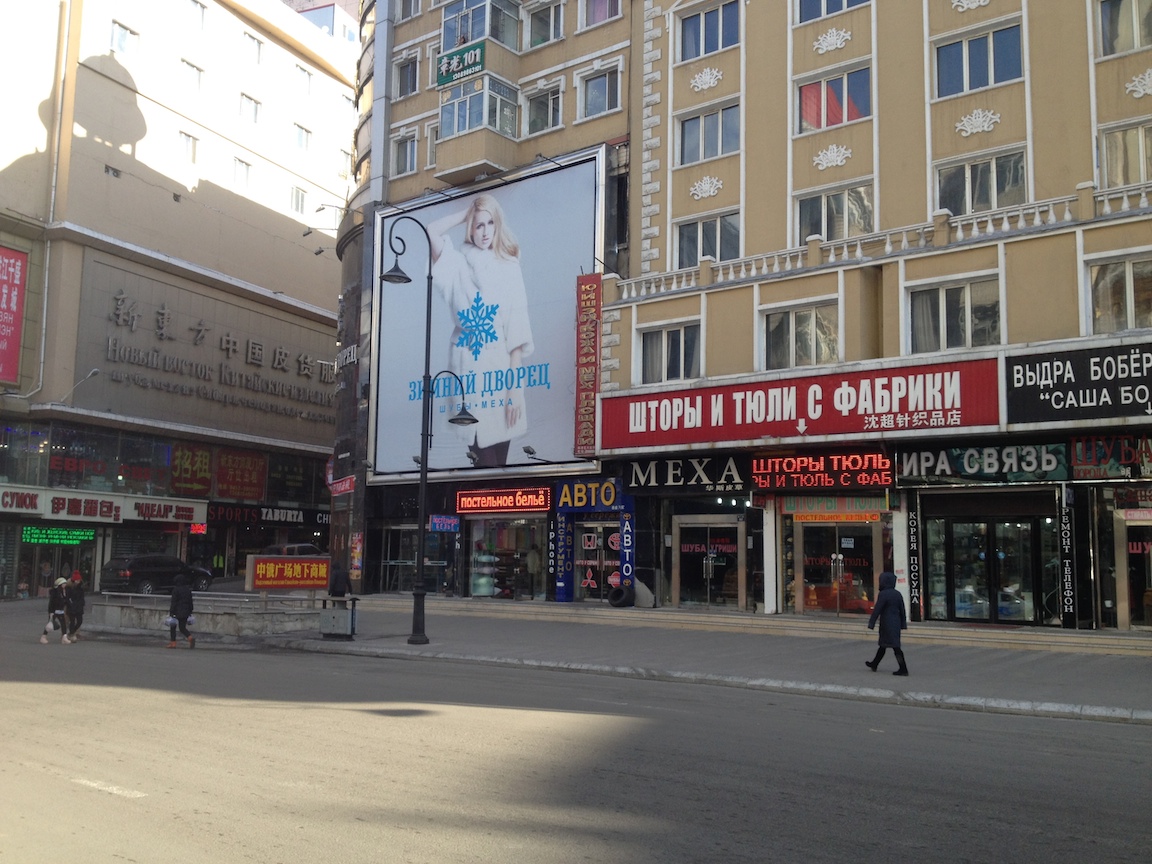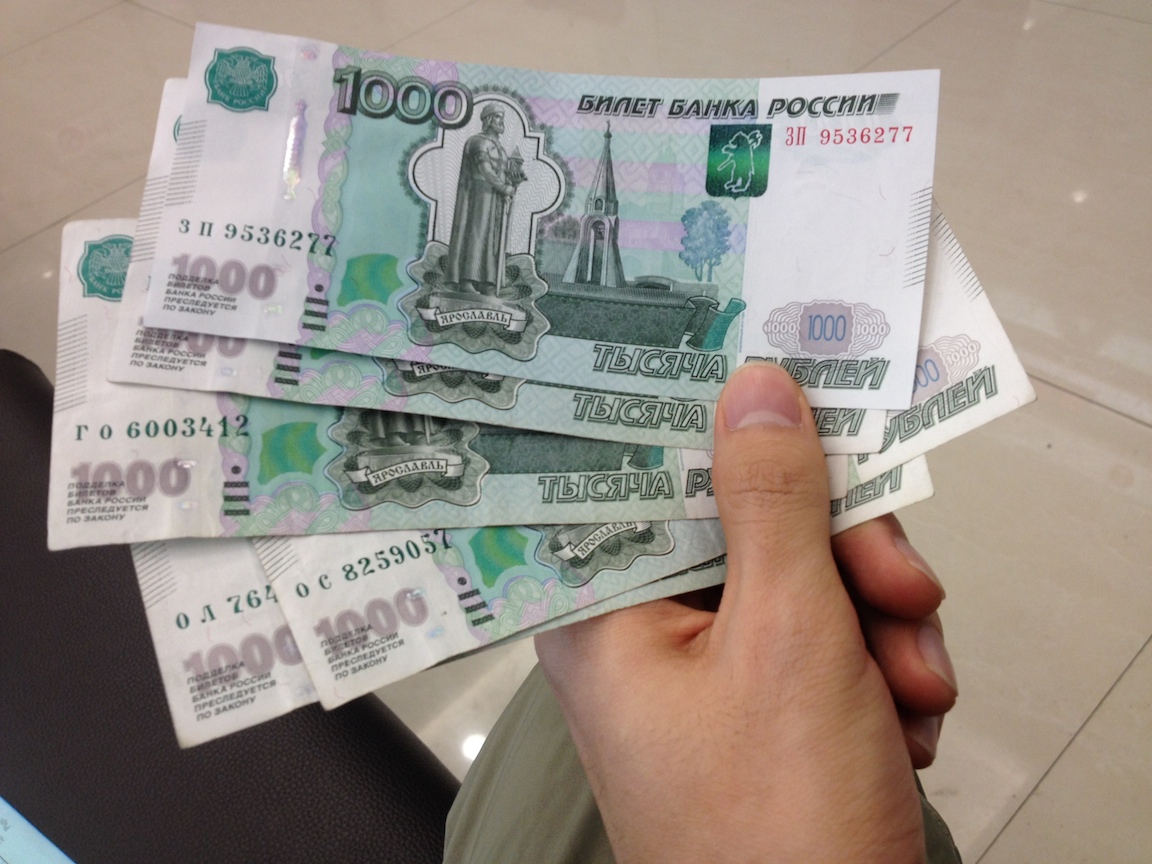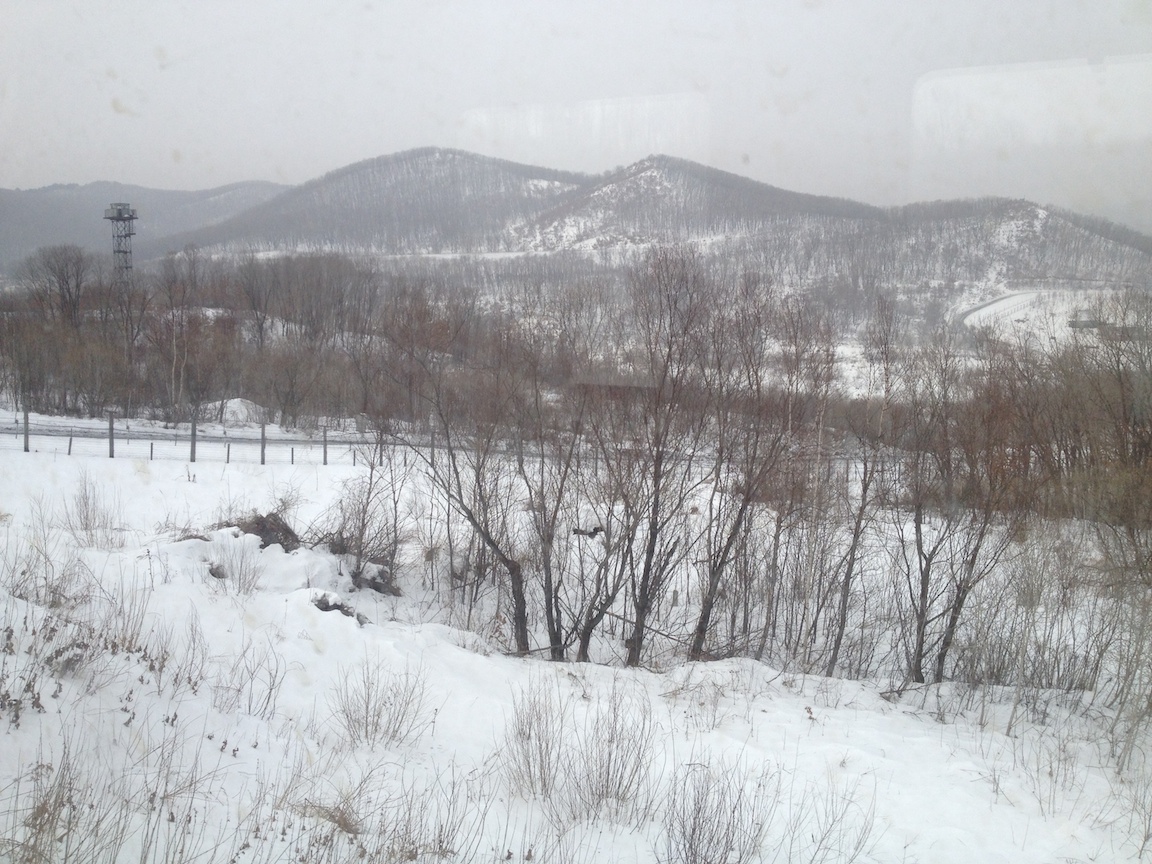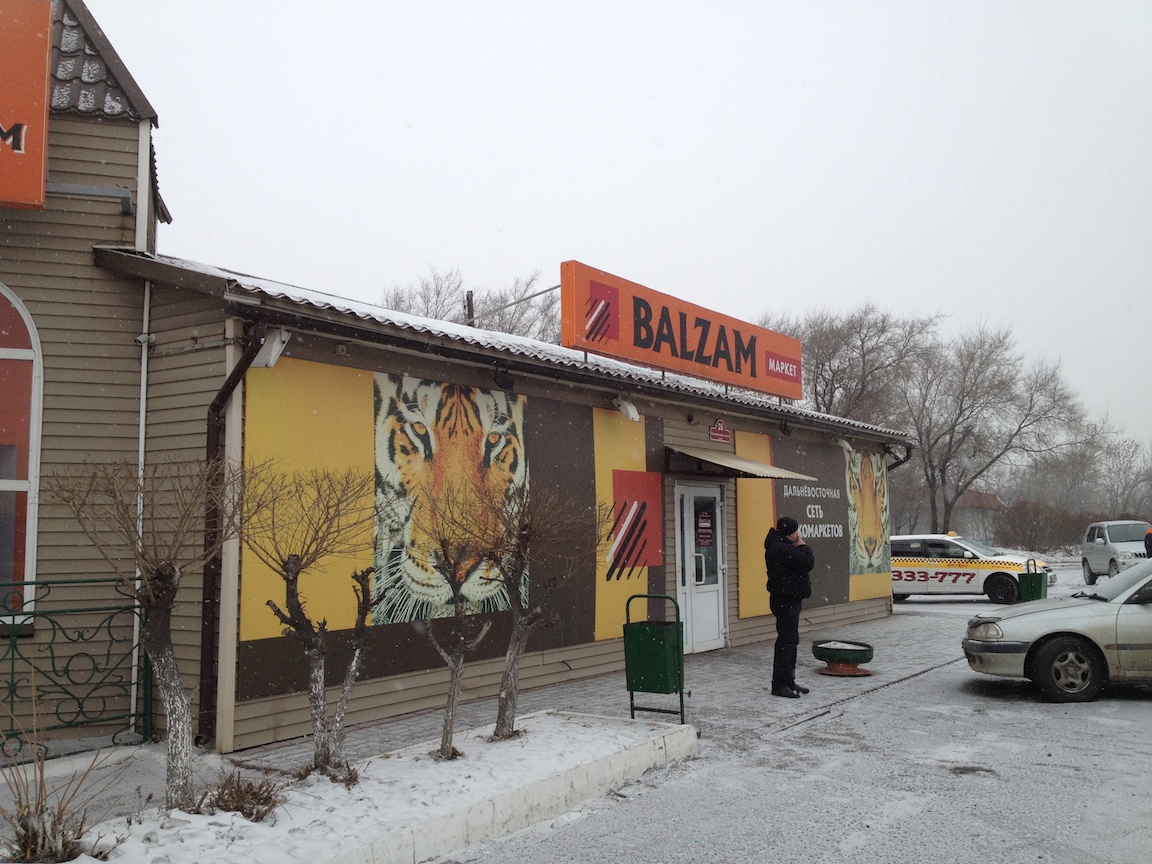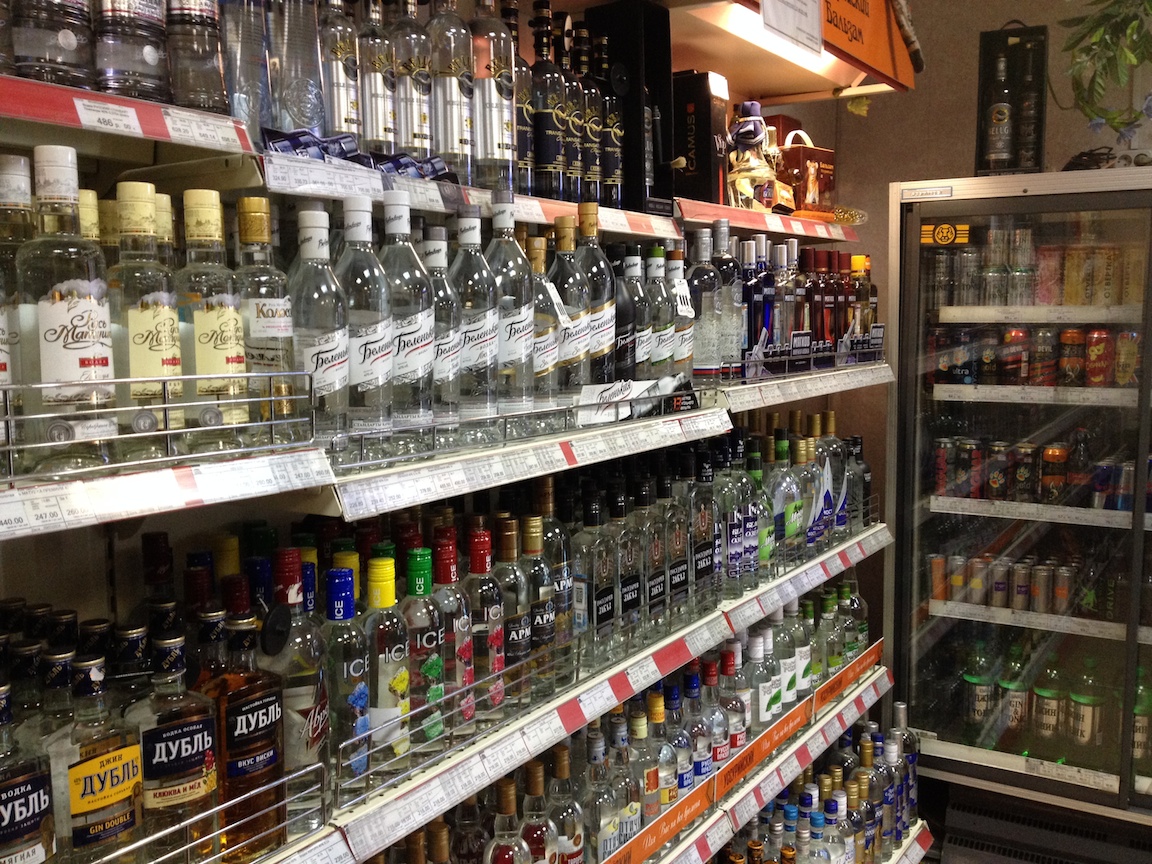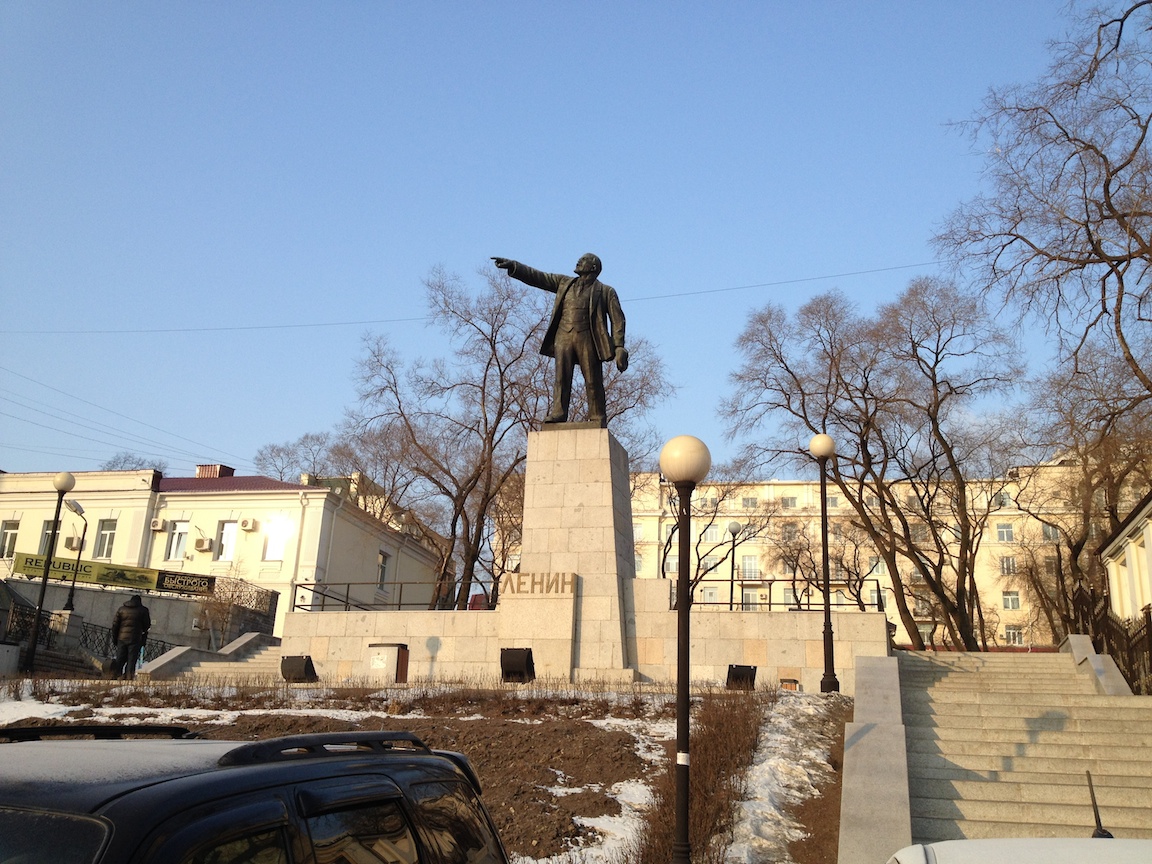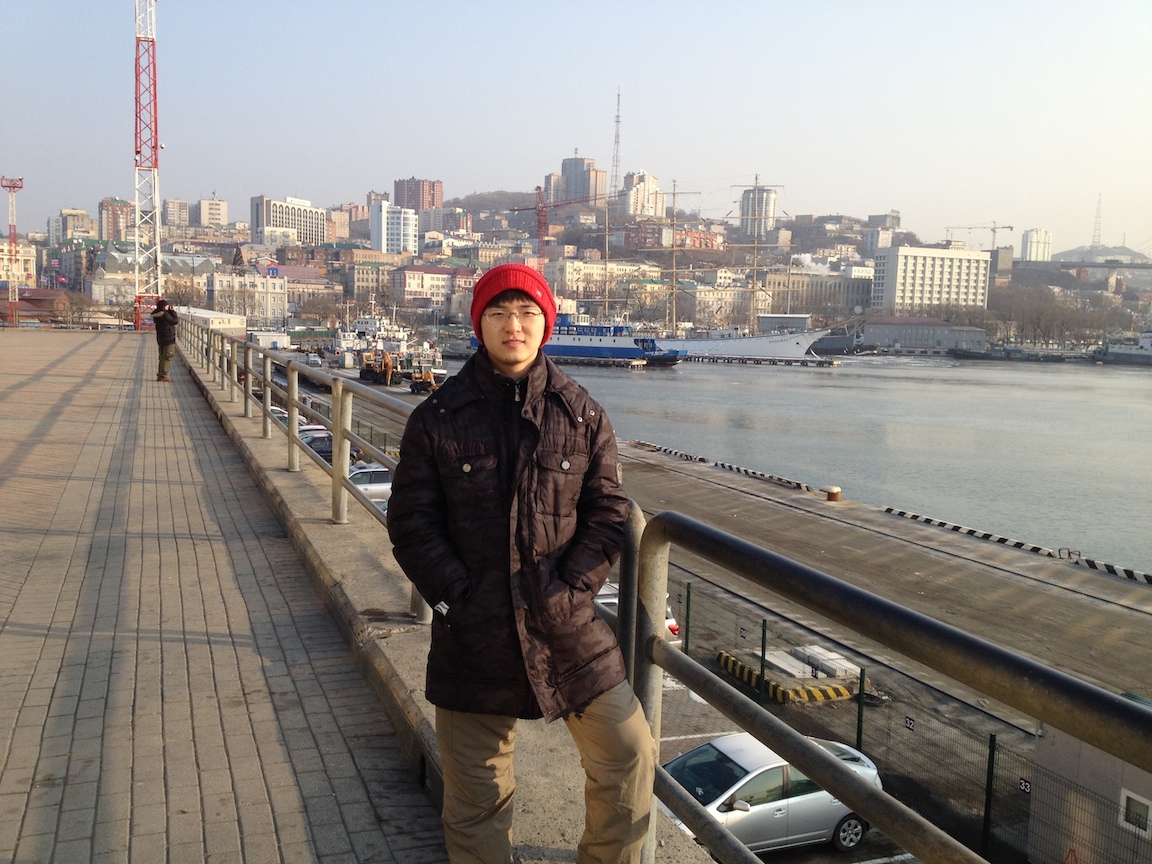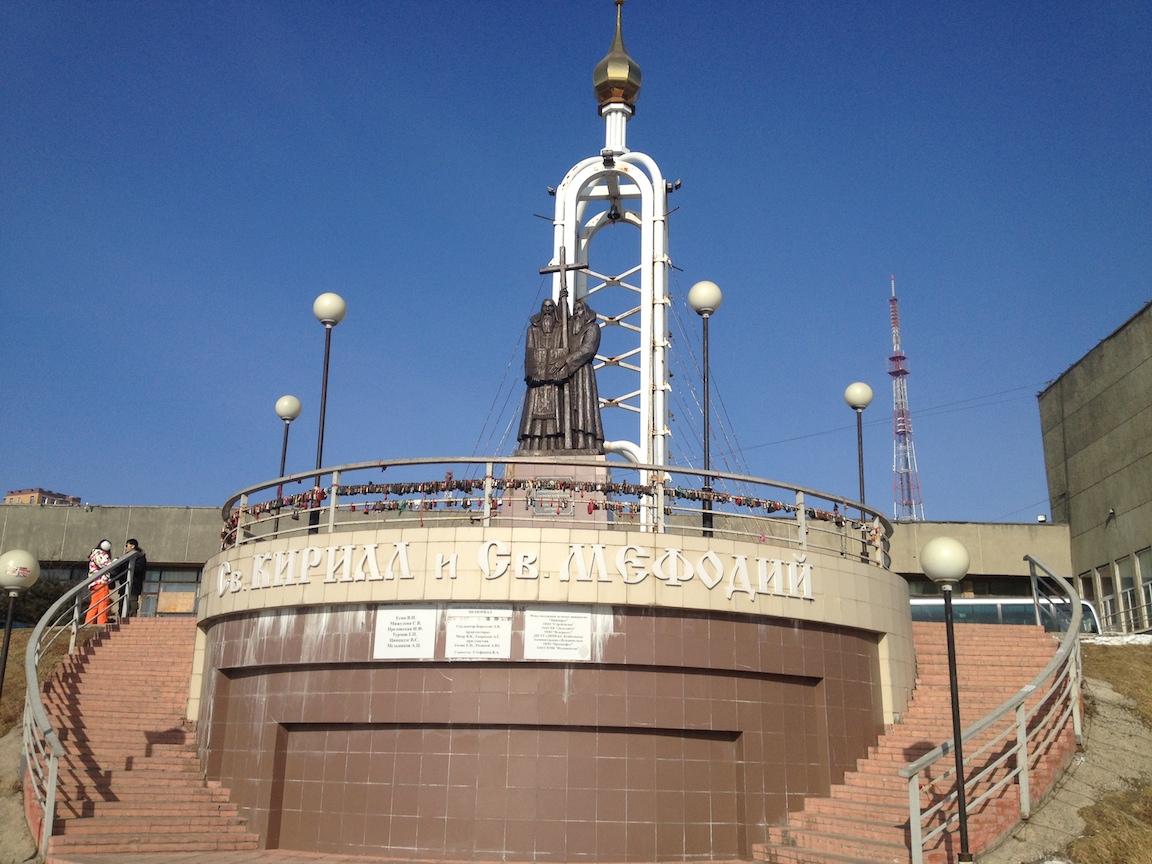Since visiting 7 European countries in one go last summer, I suddenly developed a strong interest in visiting unfamiliar countries. Coincidentally, a friend of mine is from Suifenhe (綏芬河), and hearing him talk about the wonders of the border, I decided on a whim to exit from Suifenhe to Vladivostok (海參崴) in early January this year. Vladivostok is the largest city in the Russian Far East. Its Russian name is “Владивосток”, Latin transliteration “Vladivostok”, and the Chinese phonetic translation is “符拉迪沃斯托克” (Fuladiwosituoke). The Russian “vladi” means ruler, and “vostok” means “East”, so “Vladivostok” means “Ruler of the East”, reflecting the ambitions of the Russian Empire. Due to the rushed preparation time, I didn’t get a chance to apply for a visa. Fortunately, Russia and China have a mutual visa-exemption agreement for group tours, so I set off with a tour group. The departure point was Suifenhe City in Heilongjiang Province, crossing the border into the Russian Primorsky Krai (濱海邊疆區), passing through Shuangchengzi (雙城子), and arriving at the largest city in the Russian Far East, Vladivostok.
Suifenhe (綏芬河)
In the bitter cold of minus thirty degrees, I took a train from Harbin to the border town of Suifenhe. As soon as I arrived in Suifenhe, I felt a strong atmosphere of trade. The shops lining the streets had signs in both Chinese and Russian, and some even had only Russian without Chinese. The interiors of the shops were even more of a spectacle; I frequently saw light industrial products like clothing and shoes priced in Russian Rubles, and the shopkeepers were all proficient in Russian.
In the past, China had strict foreign exchange controls, and foreign currency was absolutely prohibited from circulating domestically. However, a recent piece of news (Suifenhe Ruble Pilot Program Becomes China’s First Foreign Currency Special Zone) has legalized all of this in Suifenhe. Strangely, walking on the street, I felt an inexplicable sense of depression, as if this place was once bustling with merchants rubbing shoulders, but today the doorways are cold and neglected, giving a sense of past glory and present decline. Chatting with locals, I learned that this is indeed the case. This year, Russia’s economic situation is poor, the Ruble has depreciated sharply, and rising Russian trade protectionism has made business much harder. Now that China has relaxed controls on Ruble exchange, it seems there is hope to stimulate the local economy.
Since I was planning to go to Russia, exchanging Rubles was essential. I originally wanted to go to a bank to exchange money, but I found that although various banks had “Foreign Currency Exchange” signs, they all said they didn’t have Rubles. Asking around a bit, I learned that locals exchange currency privately, gathering at a place called “Qingyun Market” (青雲市場). After finding the place, I indeed found people exchanging Rubles. I went over and asked for the selling price; 1000 Rubles for 300 RMB. Too dark (rip-off)! I had just checked the bank’s listed rate for the day, which was 1000 Rubles for 183 RMB. After asking a few more times, I found another person. He was holding a large leather bag, and when he opened it, I saw it was full of Rubles. After negotiating for a long time, his selling price was 195 RMB, which was much fairer. But as soon as he heard I only wanted to exchange 1000 Rubles, he turned his head and walked away, thinking it was too little to sell. After tossing and turning for a long time, I discovered that the water here runs deep; there is severe information asymmetry. Someone like me with no experience, who hadn’t even seen a Ruble before, is too easy to scam. Harboring a last hope, I went to the largest local Bank of China. When I asked, they were actually willing to exchange, and at the bank’s listed rate, so I exchanged 5000 Rubles in one go.
Shuangchengzi (雙城子)
After staying in Suifenhe for a day, I set off on an international train the next morning. Suifenhe Railway Station has an international waiting hall. There are only two trains a day, both heading to Russian border towns. The ticket for this train is 71 RMB. The distance is only 27 kilometers, yet it takes an hour and a half. Before the train started, a conductor carried a box of food and asked if I was willing to help him take it across customs. Out of caution, I refused. Within an hour and a half, the train stopped three times, during which Russian soldiers carrying guns came on board to check and take photos.
After entering Russian territory and arriving at the border town of Pogranichny (Пограничный), we continued by bus to Vladivostok. The cars here are almost all second-hand vehicles from Japan and South Korea, with a mix of left-hand and right-hand drive cars, though fortunately, they all drive on the right. The time zone of Primorsky Krai is GMT+11, which is 3 hours ahead of Beijing time; I wasn’t used to it at first. The bus drove on roads that had fallen into disrepair, and outside the window was the desolate Siberia, forming a sharp contrast with the thousands of acres of fertile fields within China.
The Chinese tour guide on the bus said that the public facilities here are at the level of China in the 80s and 90s, mainly because Russians are too lazy. Large tracts of fertile land are left uncultivated. Farmers go to the fields only three times a year: the first time to sow, the second time to see if it has grown, and the third time to harvest, leaving the rest in the ground as seeds. In summer, the weeds grow taller than the crops. Vegetables are even scarcer, mainly relying on imports from China or cultivation by Chinese immigrants here.
On the way, the bus stopped at Shuangchengzi (雙城子) for a rest, so I got off to take a look. Shuangchengzi is called “Уссурийск” in Russian, Latin transliteration “Ussuriysk”, phonetically “Wusulisike”. Chinese people often abbreviate it as “Ussuri” (烏蘇里). The name Shuangchengzi originates from the Ming Dynasty’s Shuangcheng Wei (Double City Guard). The east city was called “Furdan” (富爾丹), and the west city was called “Jurgen” (朱爾根). Both east and west cities were successively occupied by the Russian Empire, then merged to become the Russian city “Nikolskoye” (Нико́льское), later renamed Ussuriysk. Unlike Vladivostok, where Chinese people still use the old name (Haishenwai), rarely does anyone say Shuangchengzi anymore; they often say Ussuri. I imagine Ussuriysk gets its name from the Ussuri River (Manchu: usuri ula).
When the bus arrived at Shuangchengzi, I really couldn’t believe that this was a major city in the Russian Far East; the public infrastructure construction was far inferior even to Suifenhe.
During the stop, we entered a shop. Inside, there was a large shelf filled with various kinds of vodka. The reputation of Russians for heavy drinking is indeed well-deserved.
Vladivostok (海參崴)
After another two hours on the bus, we finally arrived in Vladivostok. Compared to the desolation along the way, Vladivostok finally felt a bit like a city. Surprisingly, although the city isn’t large and the roads aren’t wide, there are extremely large numbers of cars, basically all second-hand Japanese and Korean vehicles. The bus followed the highway, crossed a cross-sea bridge, and entered the urban area of Vladivostok. The main part of Vladivostok is a peninsula, surrounded by the sea on the east and west. On the east side, there is a bay called the Golden Horn Bay, named after the similarly shaped bay in Constantinople.
In the past, Vladivostok was a restricted military zone. No foreigners or Soviets without a permit could enter; it only opened up after the dissolution of the Soviet Union. Since opening up, Vladivostok’s resident population has seen severe negative growth, decreasing from 633,838 in 1989 to 594,701 in 2002, and only 592,034 in 2010 (Source). This is probably due to the return flow of people who were forcibly relocated during the Soviet era after Russia lifted migration restrictions. Nevertheless, Vladivostok retains a deep Soviet imprint. In the center of the city, you can see a statue of Lenin, his arm pointing to the East.
The Vladivostok Railway Station is also a must-visit for tourists. The Russian guide said this is the only “Land-Harbor Railway Station” in the world, meaning the train station and the pier are together. The train platforms are like those in most European countries; you can pass through without a ticket check, as tickets are checked after boarding. There is a locomotive on the platform. This steam locomotive was designed by Soviet engineers and manufactured in the United States during World War II. It was shipped by sea to Vladivostok and once served for a long time on the Trans-Siberian Railway.
The port behind the train station is the Golden Horn Bay, which is also a place to get a view of Vladivostok’s skyline.
To the north of the Golden Horn Bay, you can see the Soviet-German War Memorial Wall, engraved with the names of martyrs.
Although Vladivostok claims to be an “ice-free port,” it has a freezing period of over three months a year, but it can remain navigable year-round with the help of icebreakers. The seaside to the west of Vladivostok is an entertainment plaza where you can see a Ferris wheel. It is said that in the summer, the beach here is packed with people, and there are many kebab sellers on the shore.
Stepping onto the ice surface, I found the ice to be very solid, so I boldly walked far out. I discovered quite a few people on the ice holding strange tools chipping away at the ice. Upon closer inspection, it turned out to be the legendary ice hole fishing, and they caught quite a few fish in no time.
Coming to the hill in the eastern part of the peninsula, I found the highest point in Vladivostok. From this vantage point, you can overlook the Golden Horn Bay Bridge and the entire face of the city.
At the highest point, I also saw statues of the inventors of the Cyrillic alphabet, the missionaries Saint Cyril and Saint Methodius. To facilitate preaching among the Slavs, Saint Cyril and Saint Methodius invented the Glagolitic alphabet based on the Greek alphabet, which was the earliest Cyrillic alphabet, the predecessor of the modern Russian alphabet.
Last modified on 2017-03-16

